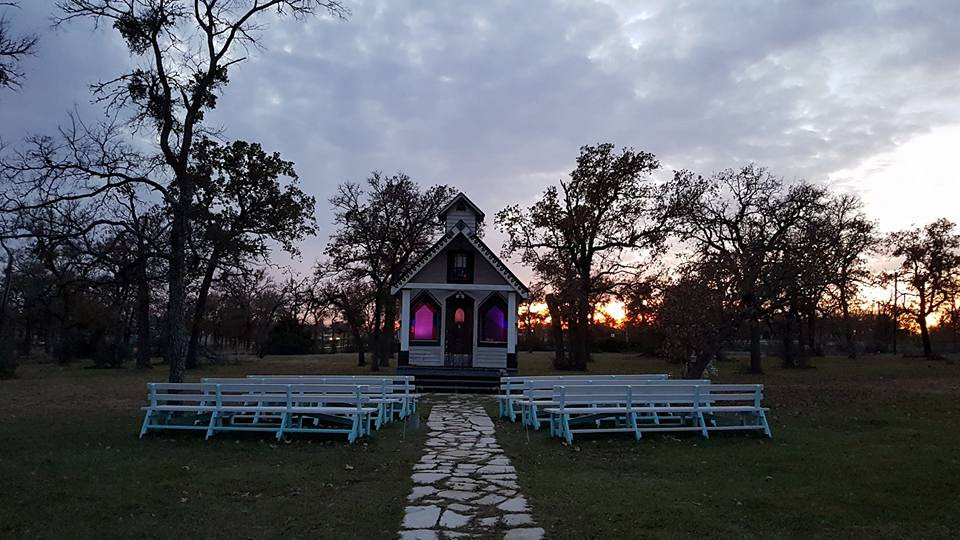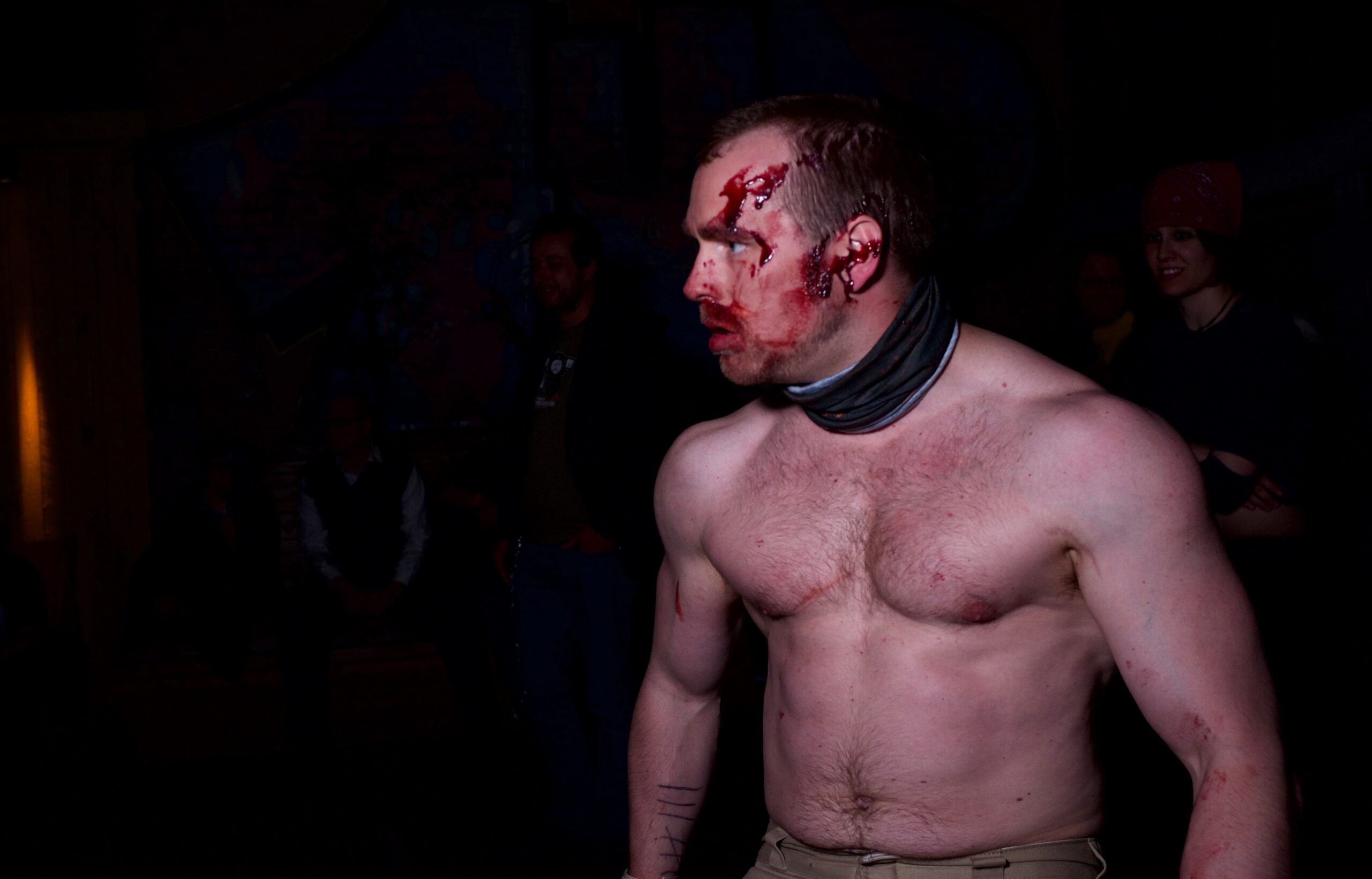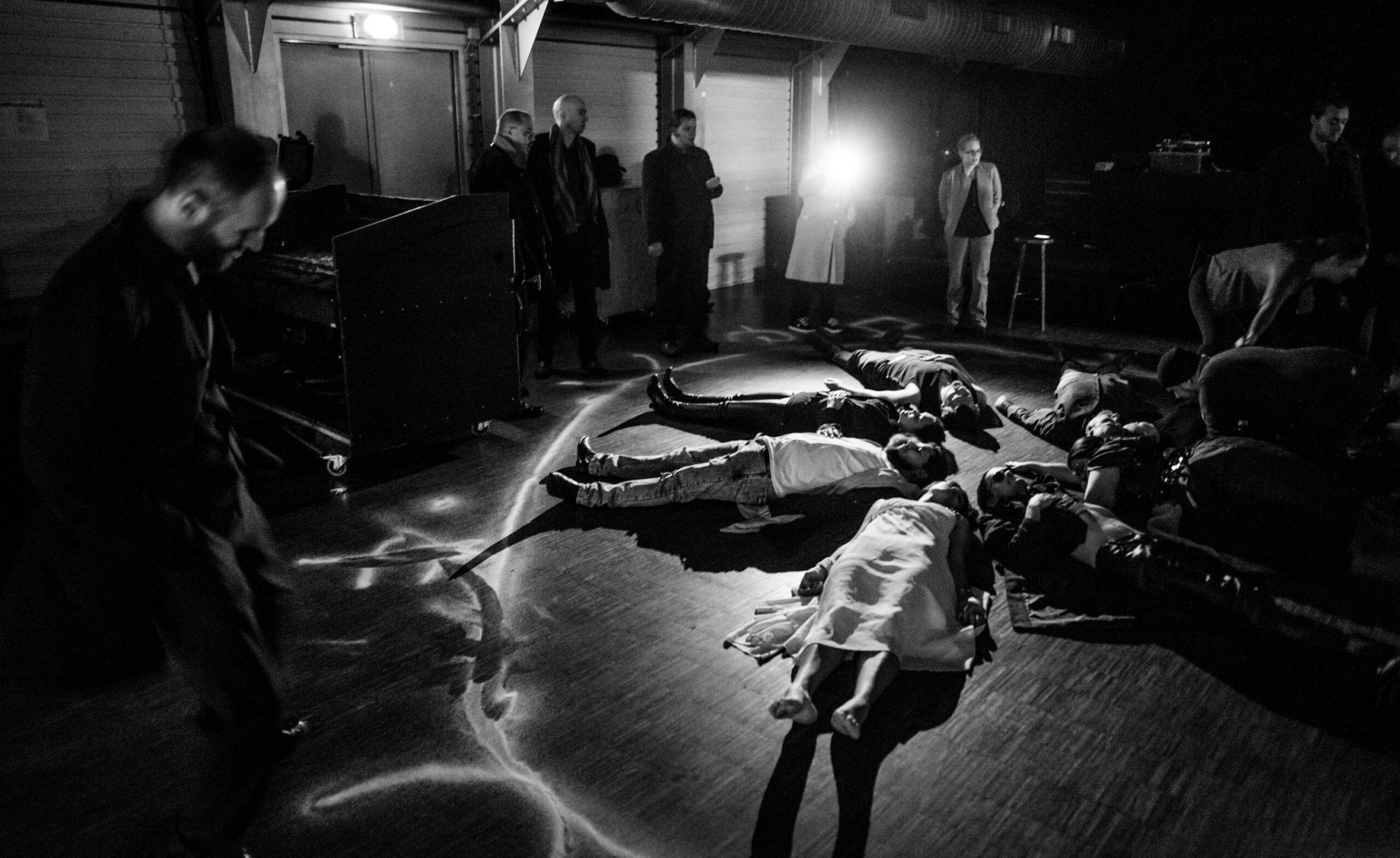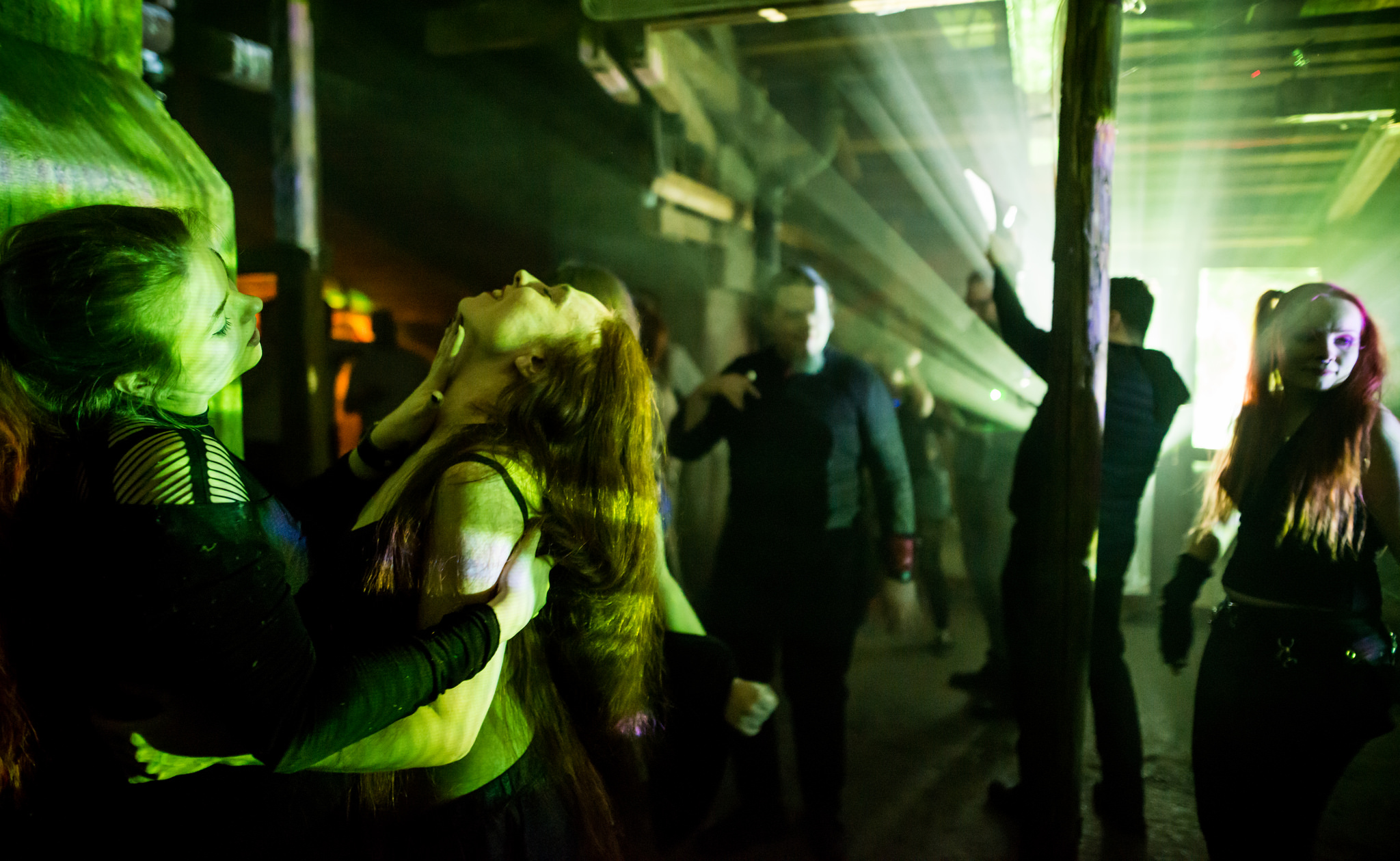Tag: World of Darkness
-

Epiphany – A Collaborative Mage: the Ascension Larp
Epiphany was a collaborative larp based loosely on Mage: The Ascension that took place December 15-17, 2017 in Austin, Texas. The larp was set during a weekend-long spiritual retreat where mentors help initiate mages navigate their Awakenings and come into their power.
-

The Death of Hamlet – Deconstructing the Character in Enlightenment in Blood
in
In the 2017 larp Enlightenment in Blood, we created a new form of character creation tool using a software tool called Larpweaver. It’s based on the idea the larp can provide a selection of elements for the player to choose from and compile their own character.
-

Lobbying for the Dead – Vampire larp at the European Parliament
in
Organizing the first ever larp played partially at the European Parliament gave the opportunity to explore design concepts such as indexical larp, where the fiction of the larp corresponds to actual reality as closely as possible.
-

Enlightenment in Blood: A Pervasive World of Darkness Nordic Larp
It’s not a revolution… it’s an insurrection. Anarch catchphrase during Enlightenment in Blood Enlightenment in Blood was an official White Wolf larp in the Nordic style spanning 10 locations for approximately 200 players in the city of Berlin. The larp lasted five hours and took place in the Friedrichshain district on May 12, 2017. Developed
-

End of the Line: White Wolf’s First Official Nordic-Style Larp
End of the Line is the first official Nordic larp under the One World of Darkness produced by White Wolf and Odyssé since the IP was acquired by Paradox Entertainment.